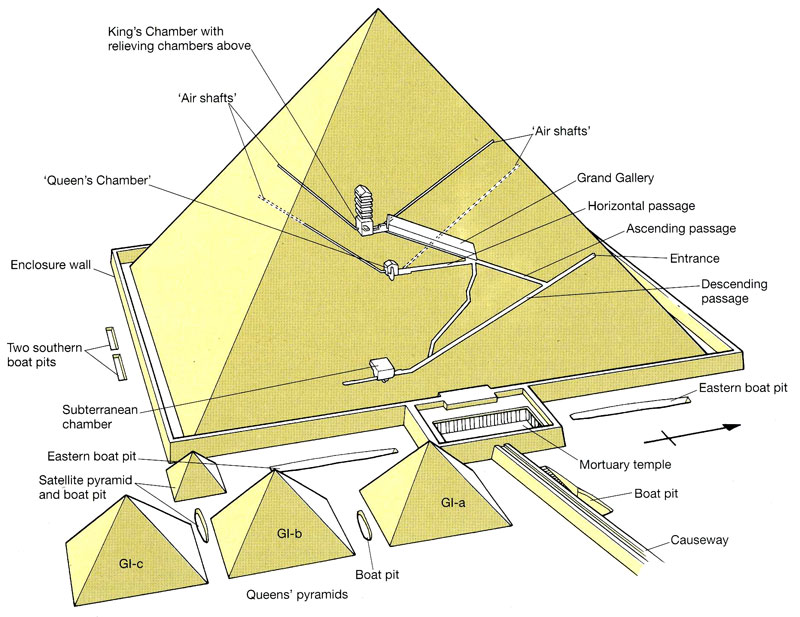I had a thought recently about dungeons that was revived today by a Zelda Water Temple discussion on the NSR discord:
I believe everyone agrees that The Legend of Zelda series is the gold standard for dungeon design in video games. Even titles that leave a bit to desire in that aspect (I’m looking at you Breath of the Wild) are still above average, while the best dungeons in the franchise have no equal in any other game.
In my opinion part of that greatness comes from the fact that those dungeons feel real.
A lot of dungeon/puzzle design in videogames (and TTRPGs) is that they don’t make sense outside of the fact that they are part of a game. They aren’t logic as a security system, neither as a challenge to a possible wielder of whatever thing that place houses. They are only throw there to pose a interesting challenge to the player.
In Legend of Zelda those places just make sense, the challenges of a temple feel like a trial to forge the hero that will save the world, the traps and puzzles in ruins make sense as a security system that keep outsiders out, but open up easily to those who know the secrets.
Now, to the part that matters more to us, how to do that in our games? We delve a lot of dungeons at the table, and more than often they have the same problem of just feeling like an artificial barrier between us and the loot.
What are good examples of dungeons that feel realistic, and how to achieve that result?
 )
)

